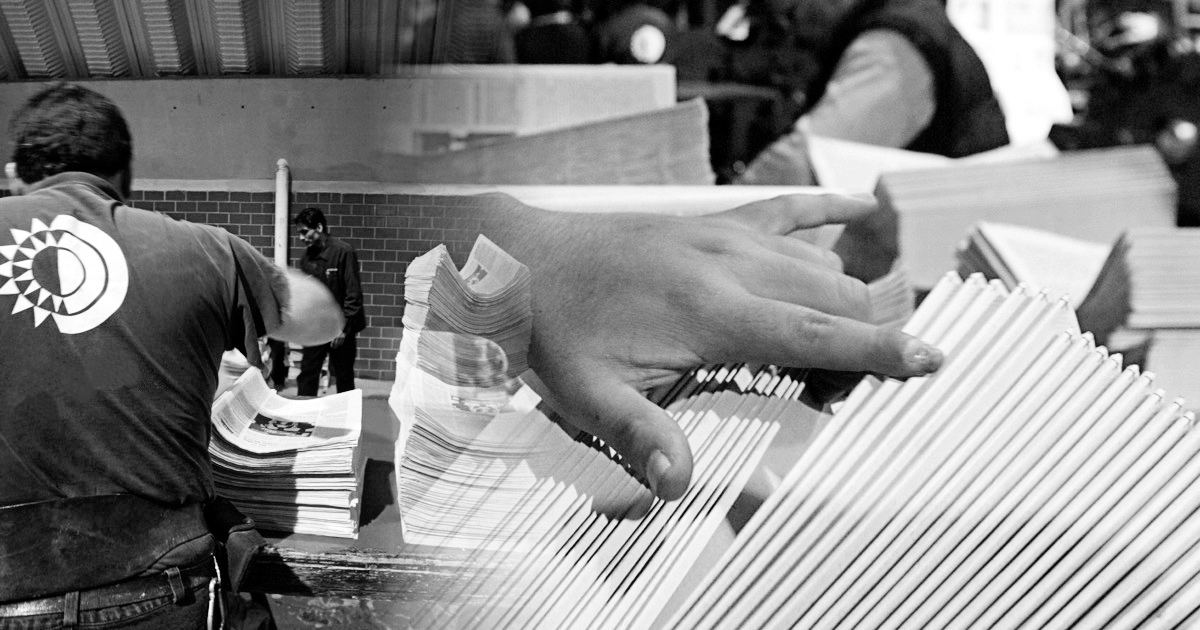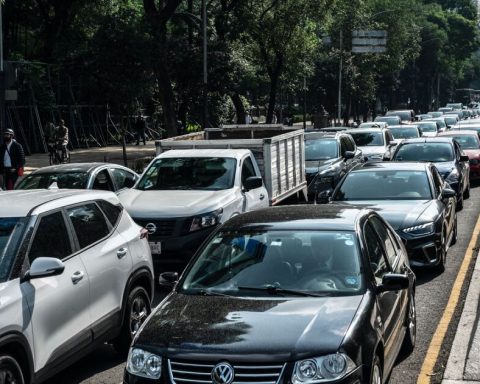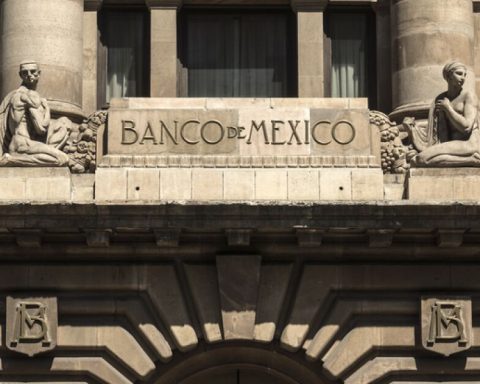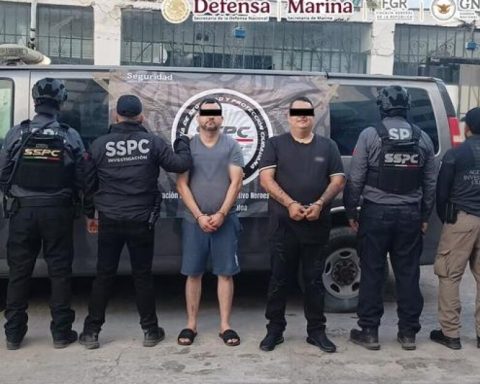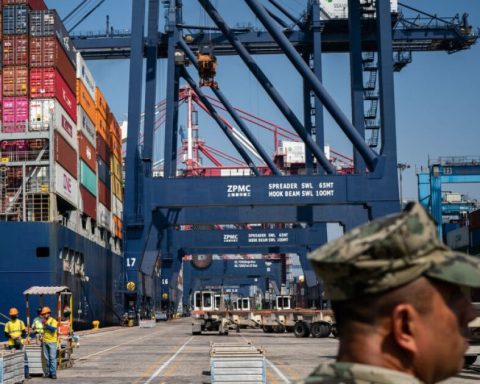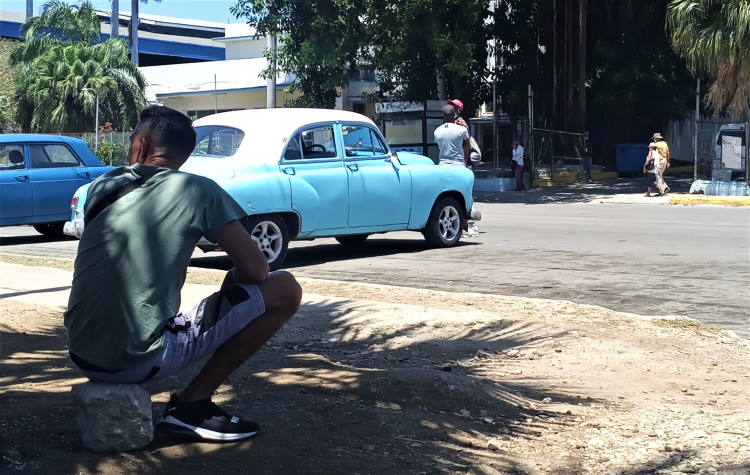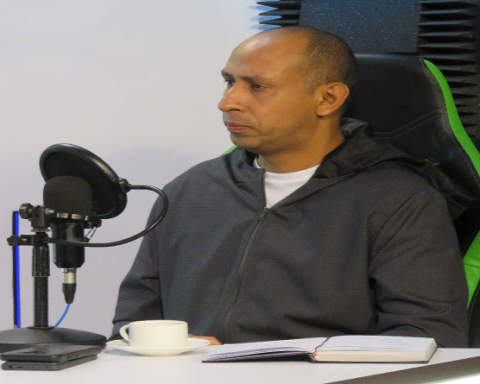P
First, the explosion. The six-story building vibrated, a few wires snapping later, with the force of a whiplash. Immediately afterwards, more than half of the façade collapsed without giving time, without announcing anything, each piece of floor swallowing the one above, crushed ceiling against floor and floor against ceiling, in the midst of a crash and a cloud of dust that hid everything except the desperate screams. It seemed as if the ground had just opened and closed, when two other buildings collapsed.
The causes of the incident at the Hotel Saratoga in Old Havana were immediately known, although the investigation is open: it was a gas leak, while a tanker truck enabled the building that was preparing to reopen this week. With no guests, the rooms were locked tight, and a simple click of the light switch may have been enough for the mass of accumulated gas to cause the shock wave that shattered the glass, marquetry, and ornately light façade. Green and white stucco, original from the 19th century.
It is not the first time that Cuba has mourned. An accident like this might seem even minor in a country that has suffered more than 30 major hurricanes in half a century, dozens of deaths during the CIA sabotage of steam La Coubre in the port of Havana in 1960, the blowing up of a civil plane with 73 passengers in 1976, a chain of bombs in hotels and restaurants in the decade of the 90s, the eternal blockade of the United States government –rogue action
calls it President Andrés Manuel López Obrador– who has naturalized the scarcity of almost everything and made the pandemic more desperate, to cite a few dramatic examples.
But no. The explosion at the Saratoga Hotel, with almost a hundred injured – including 43 deaths as of Wednesday – is something else. What made this particular story the great story
It was not the explosion that was felt in Havana, nor the dense smoke that could be seen from the high areas, nor the feeling of vulnerability that left us all, but rather the solidarity of the citizens who crowded into the surroundings demanding a place to rescue victims from the rubble, donate their blood for the injured or relieve the anguish of the victims. Two hours after the accident, the line of volunteers in front of blood banks, polyclinics and hospitals exceeded thousands, and most were young, the same ones that Miami propaganda says are leaving Cuba en masse .
While the government acts and the public press teaches immediacy and sensitivity, people from the streets, with all kinds of professions, continue to help their compatriots. We do not know the names of all the rescuers –many of them volunteer firefighters–, of the teachers at the Concepción Arenal school, which is adjacent to the hotel, who protected their students, of the children who saved other children, of the passers-by who They helped the Saratoga workers and the families of the two buildings that imploded in the neighborhood, nor the sniffer dogs that are still looking for the traces of at least two missing persons in the rubble.
When breaking, the buildings showed their viscera, their arteries, their nerves and their fragility, which is ours. But they also exposed that kind of decent sentimentalists who are not in danger of extinction and who are the best of us all, the heroes who went out to save others, not realizing that another explosion and another collapse could have made them victims. . And, at the same time, there is an anonymous army of health workers who have not rested in more than 100 hours since the accident.
In The Soldiers of Salamisthe Spanish novelist Javier Cercas reminds us that in the behavior of a hero there is almost always something blind, irrational, instinctive, something that is in his nature and from which he cannot escape
. He is the one who looks squarely at the absurdity and cruelty of life to make us more human, the one who warns us that struggle is born from despair.
Death does not prevail. One more time.
